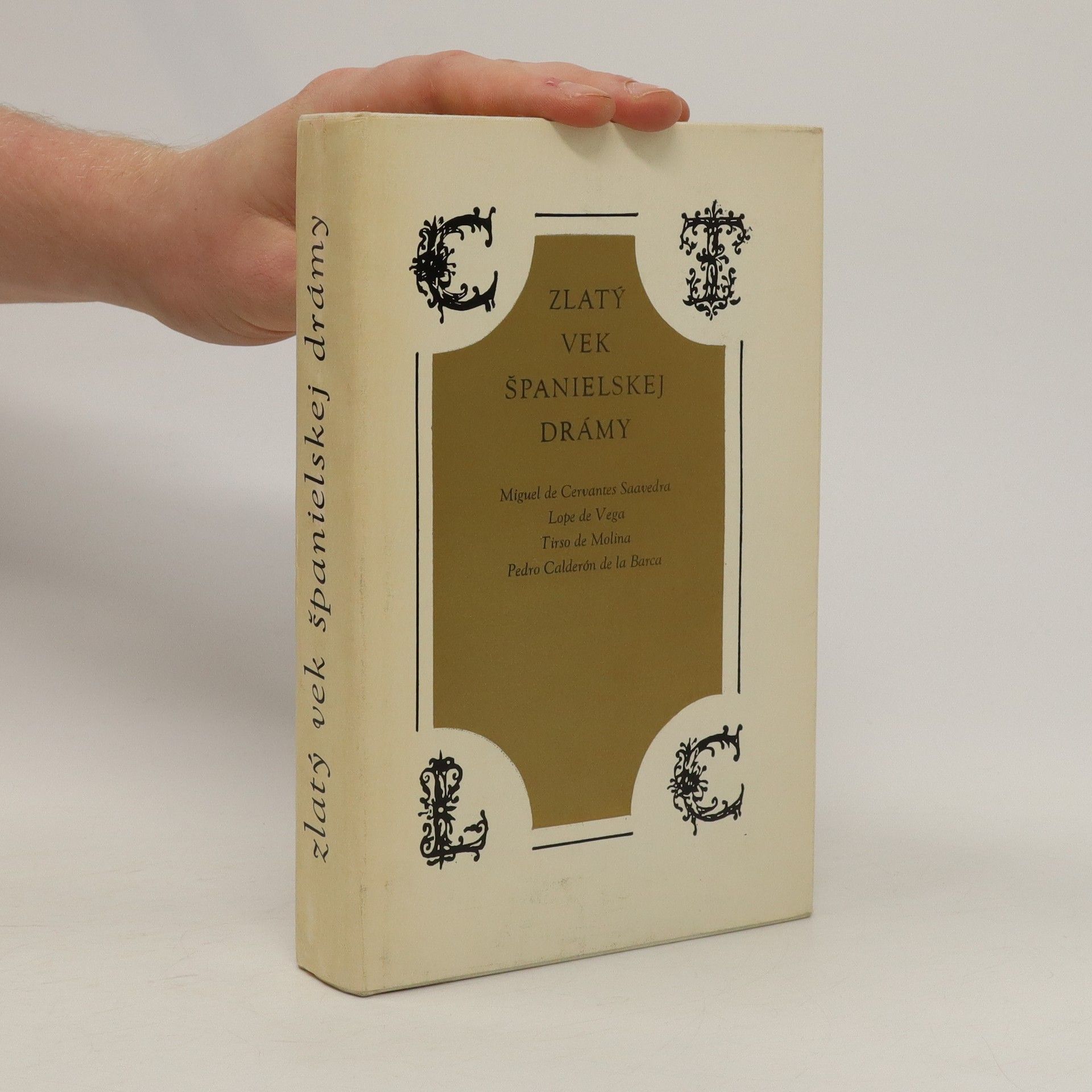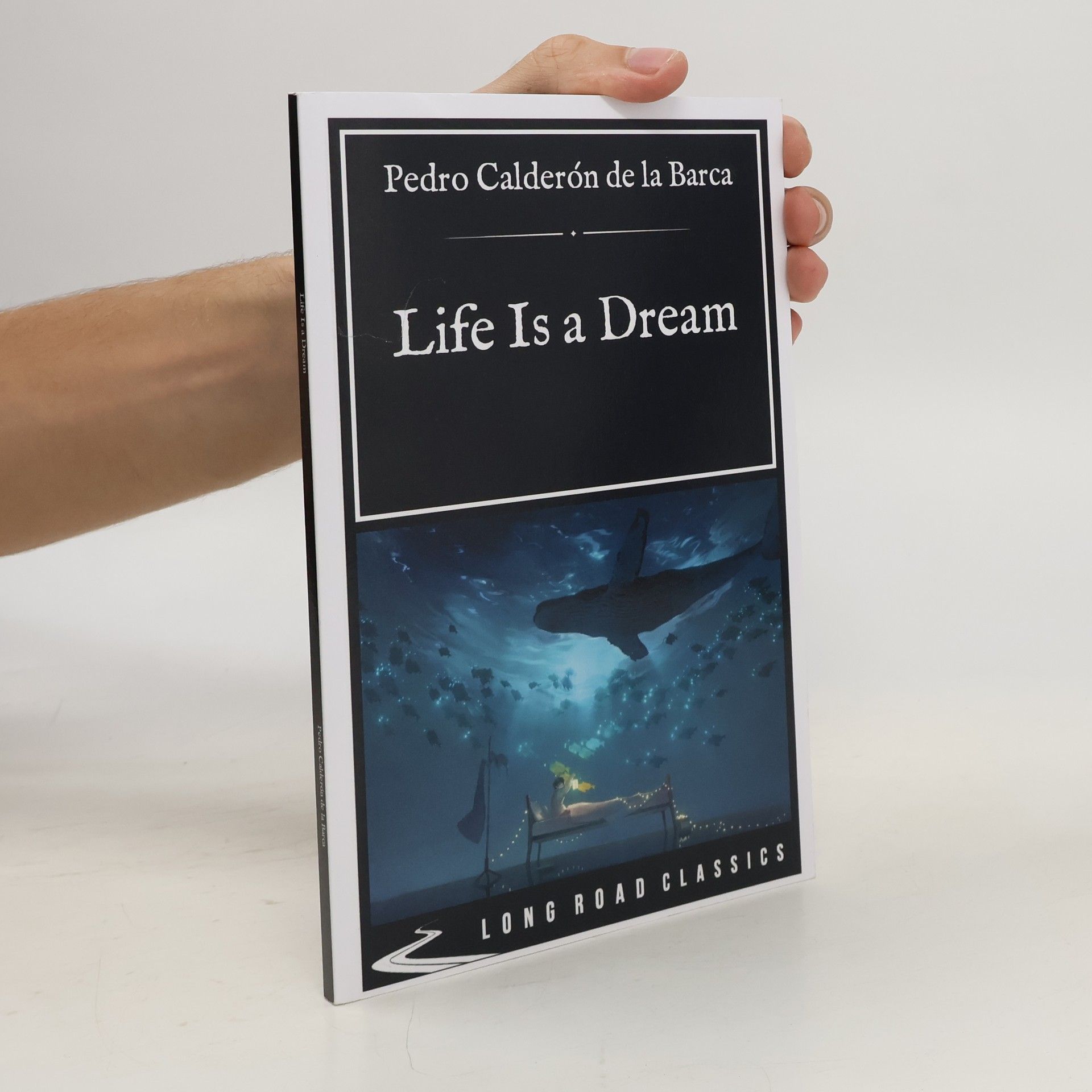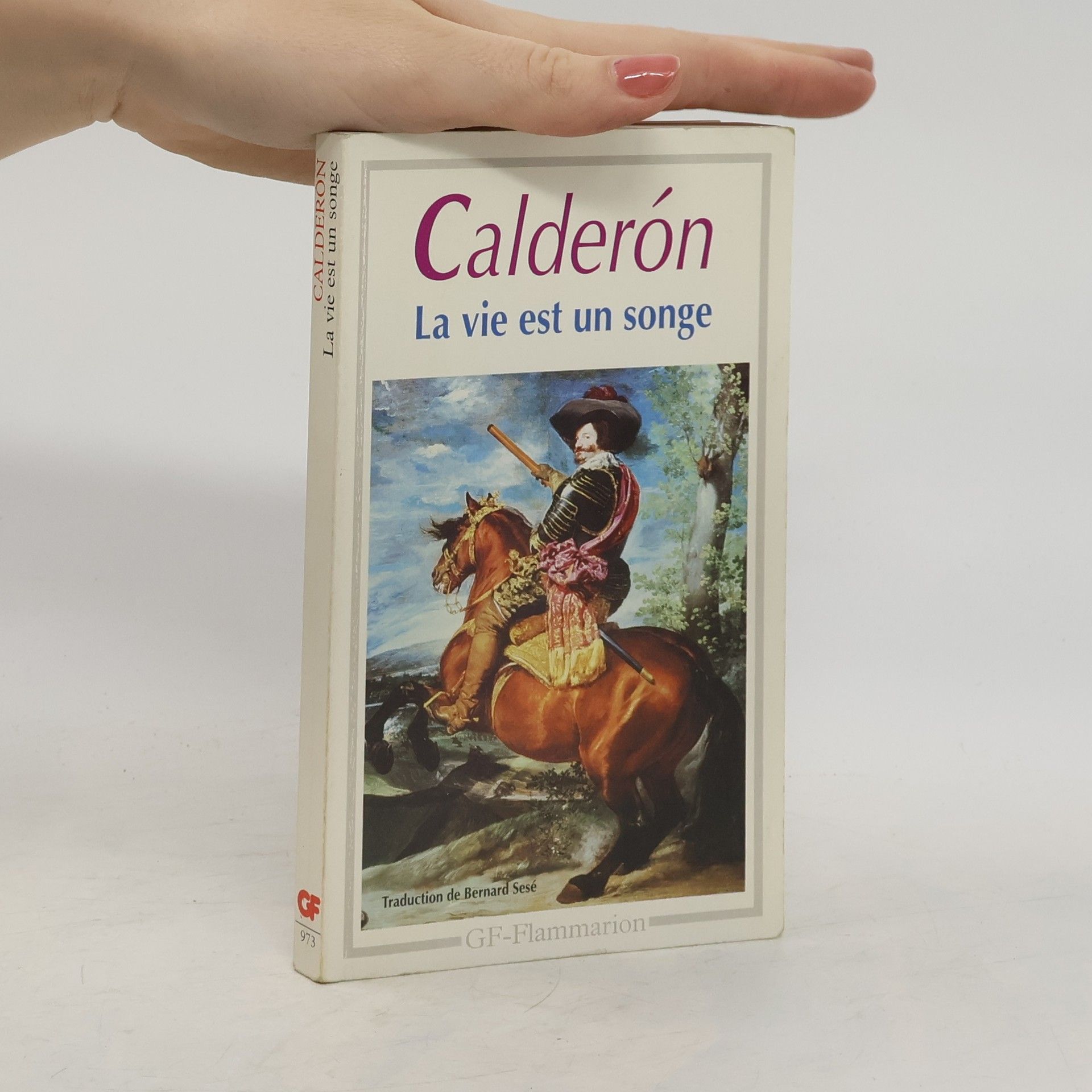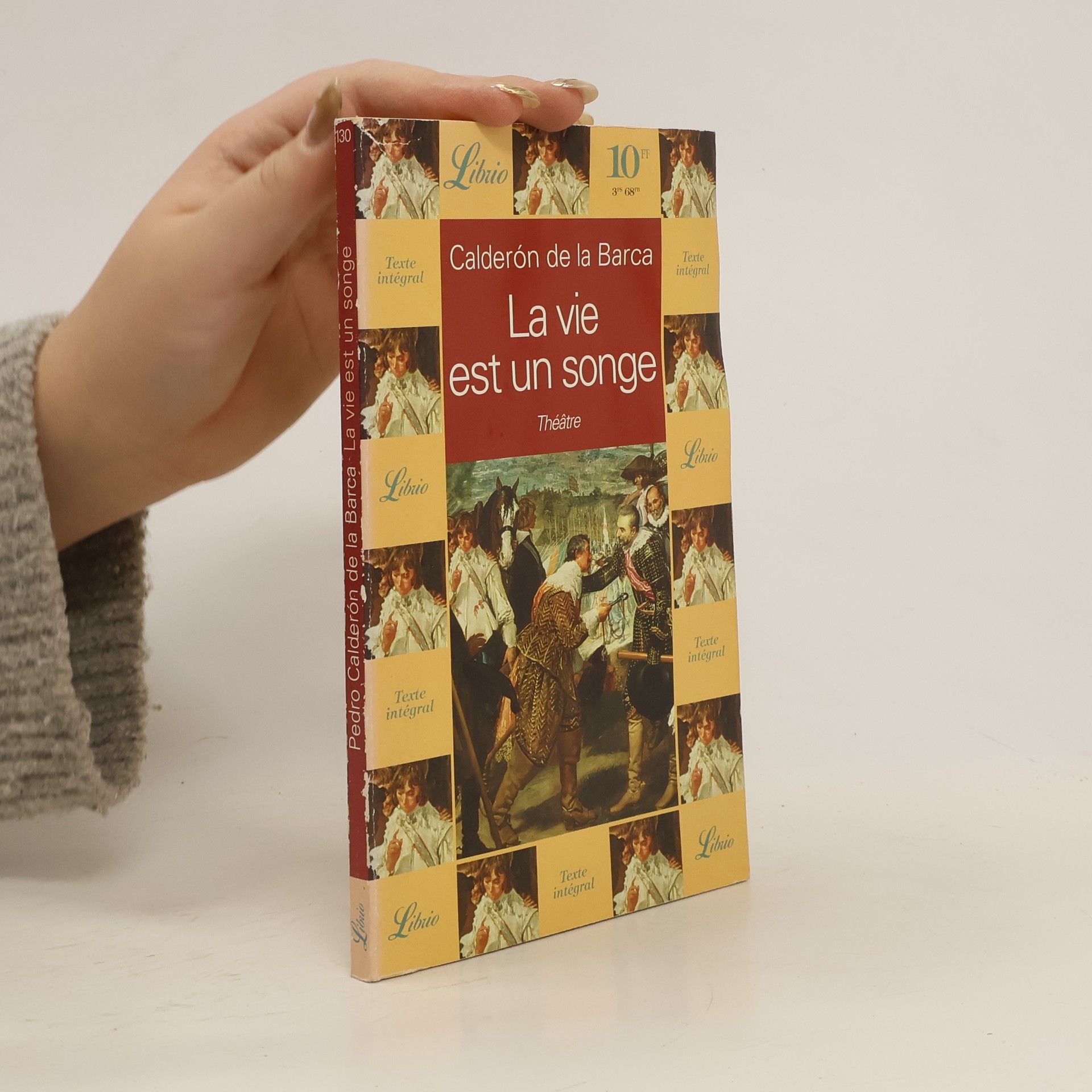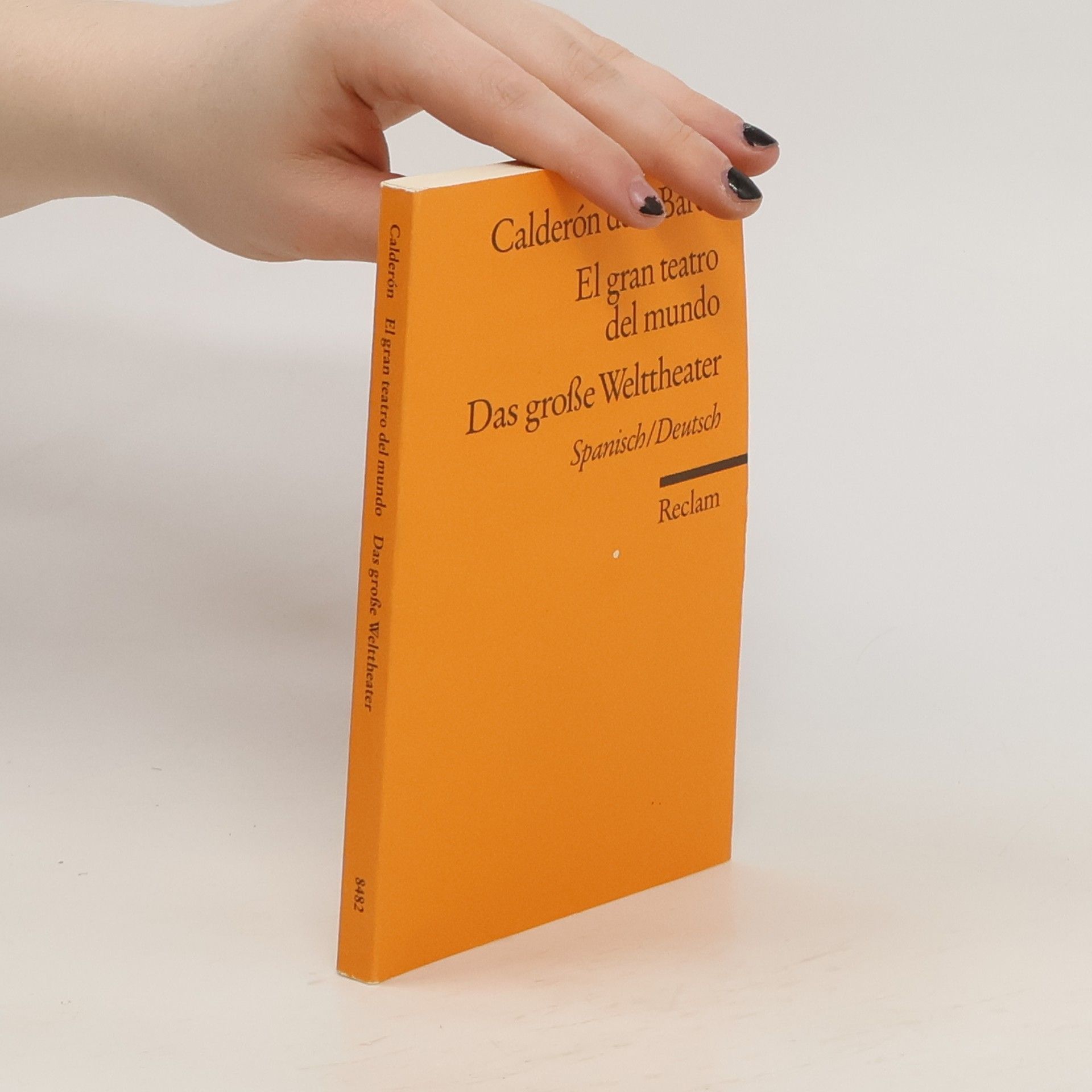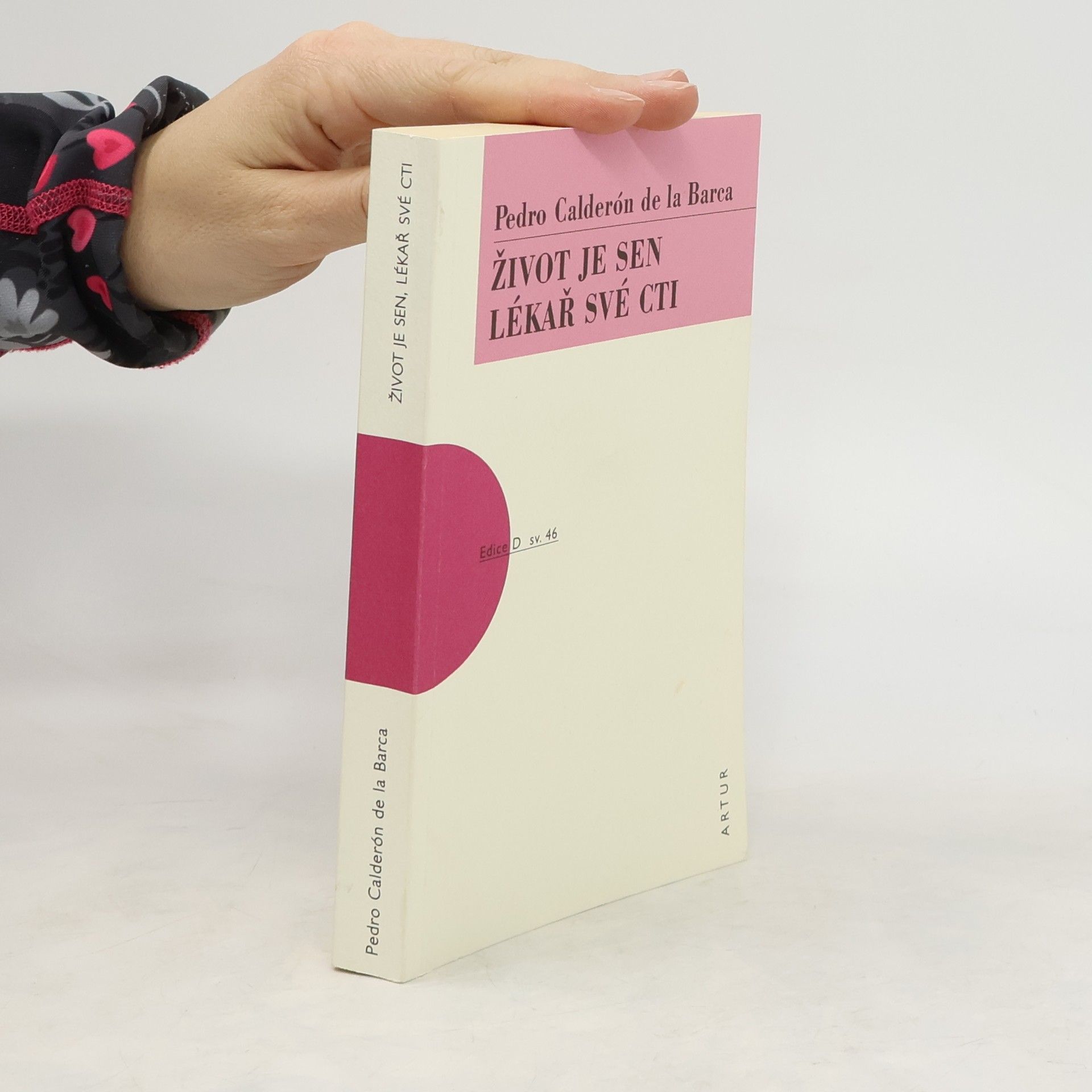La vie est un songe
- 91pages
- 4 heures de lecture
Qu'est-ce que la vie ? Délire ? Illusion ? Enchaîné dans sa tour, Sigismond ne sait plus que croire. Ne sait-il pas vu quelques heures plus tôt, héritier légitime du royaume, vêtu de brocarts, promis aux honneurs dans un palais somptueux ? Songe ou mensonge ? La réalité lui échappe... Pour l'éclairer, il lui reste un souvenir. La beauté de la femme ! " Soleil, Vénus, diamant, étoile et rose. " Elle lui est apparue à deux reprises. Travestie, déguisée... Peu importe. Cette Diane chasseresse l'a blessé. Il l'aime. C'est là sa seule certitude... Aussi, lorsque le peuple se soulève et lui offre à nouveau sa liberté, lorsqu'il se retrouve, belle entre toutes, Rosaura, Sigismond veut croire en sa bonne fortune... Vivre ou rêver ? Dilemme ! Mais " puisque la vie est si courte, rêvons ! Sachant qu'il faudra s'éveiller de ce bonheur au meilleur moment "...



